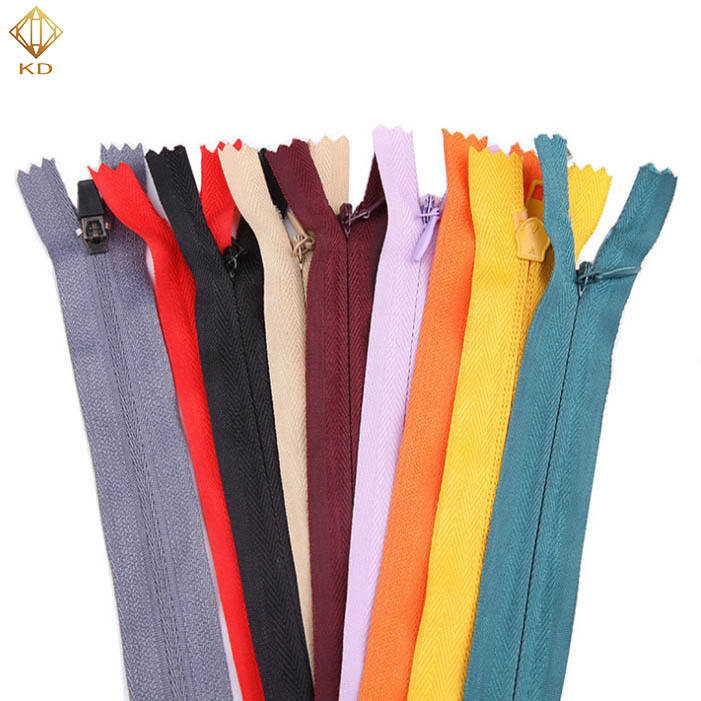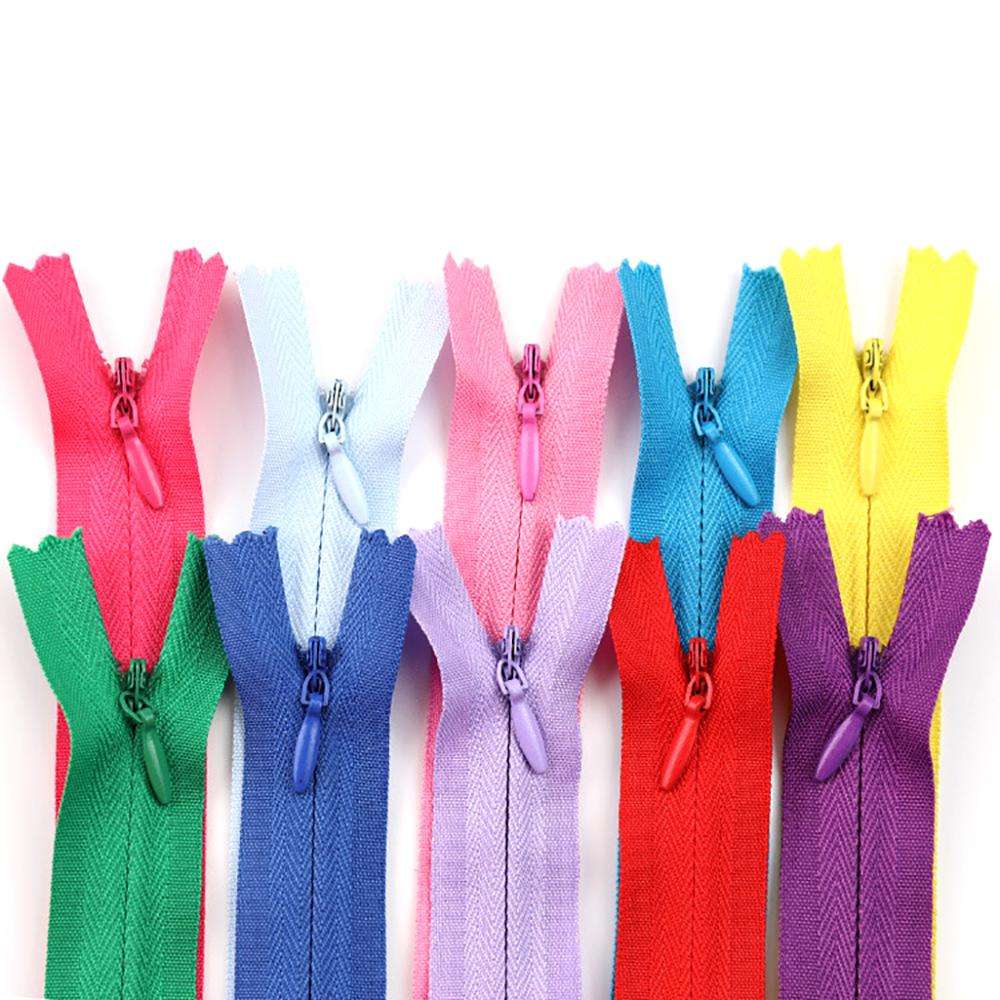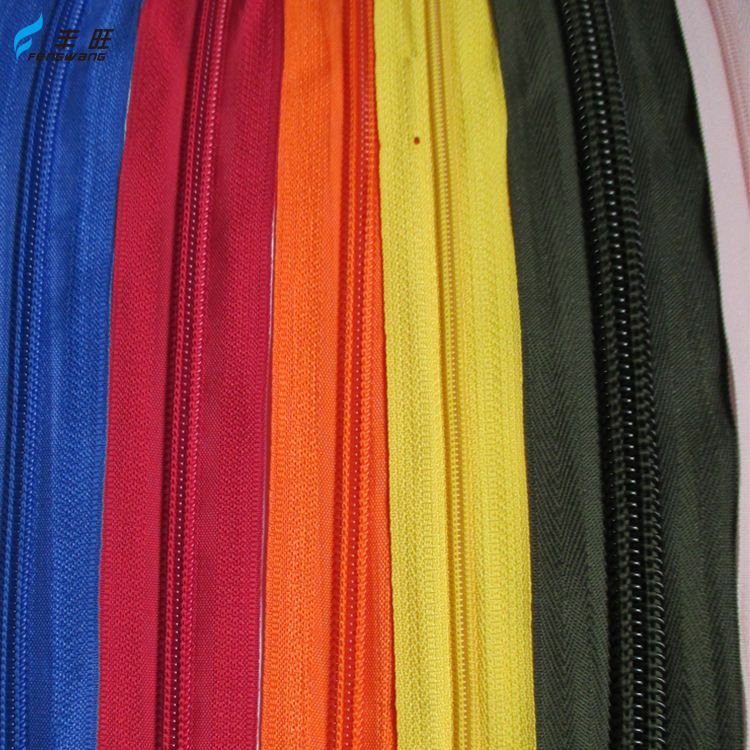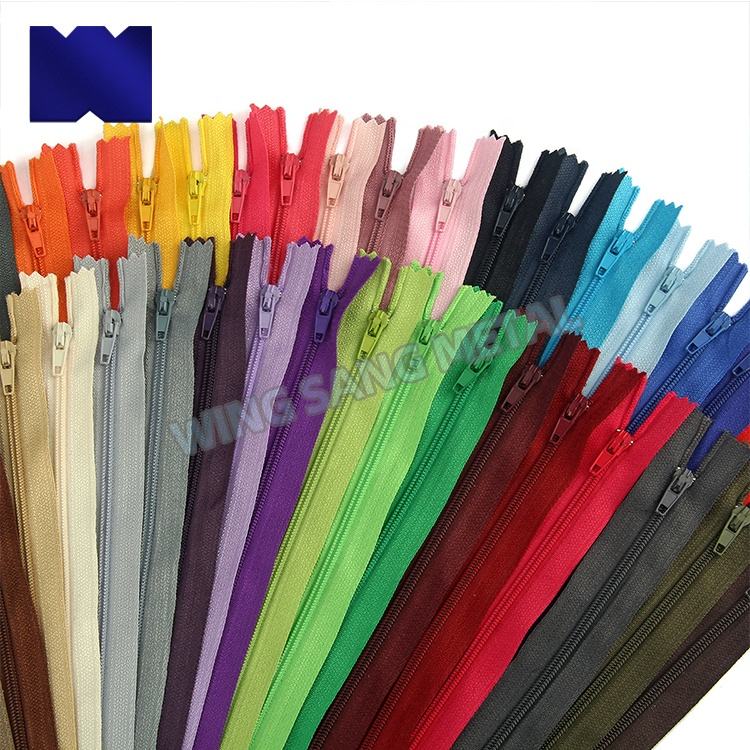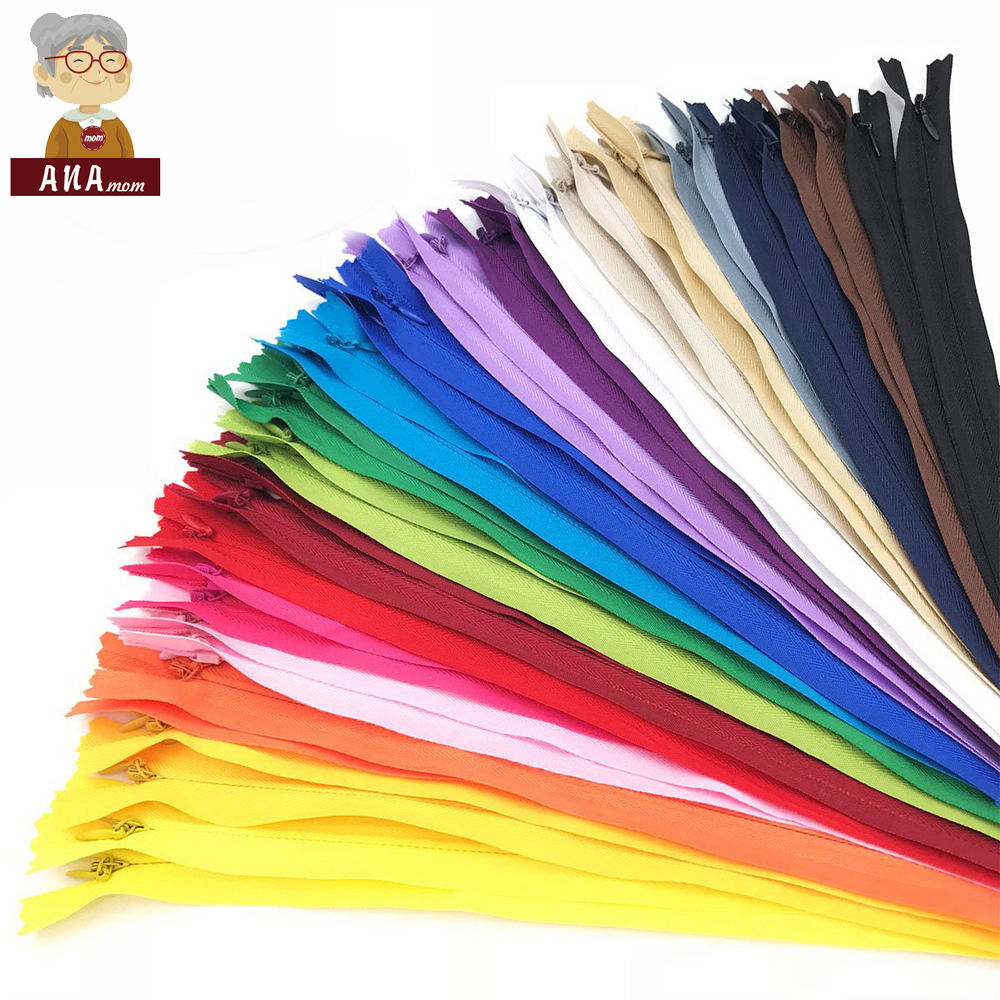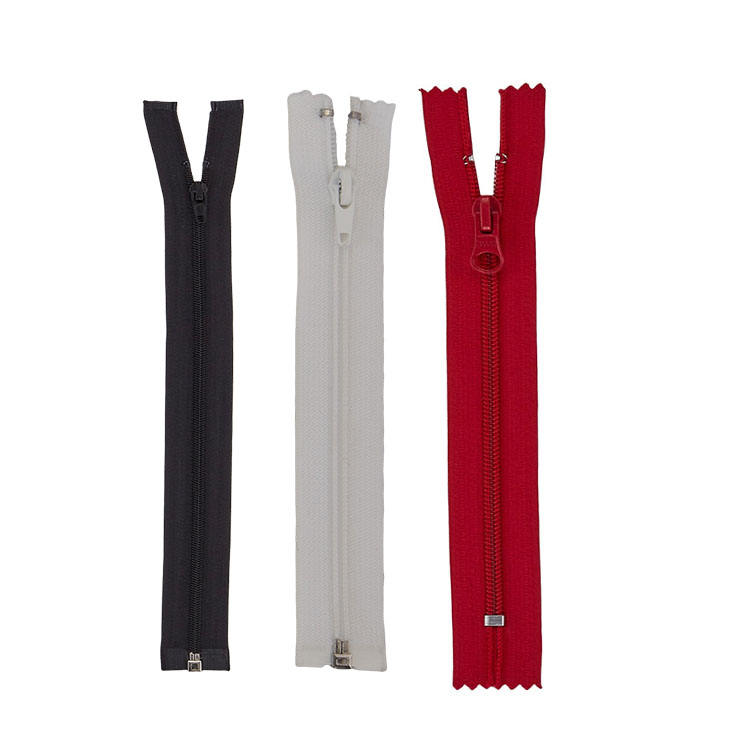REVOLUTIONIZING CLOTHING SINCE 2017
Our in-house making zippers can be widely used in Garment , Shoes, Bags, Luggage and Home Textile etc.
Eco-friendly and Sustainable prducts have been in our supply list since 2017;
Intertextile Shanghai Apparel Fabrics 2024: Innovations and Future Directions for the Apparel Industry

The Intertextile Shanghai Apparel Fabrics 2024 exhibition, held from August 27 to 29 at the Shanghai New International Expo Centre, has once again solidified its position as a cornerstone event for the global textile and apparel industry. As a specialized export company focusing on garment accessories, particularly zippers and buttons, we have a keen interest in how the latest advancements and trends showcased at this event could influence the future of our sector. This article provides a comprehensive overview of the exhibition, highlights key technological innovations, and explores their potential impact on the apparel industry’s future.
Overview of Intertextile Shanghai 2024
Intertextile Shanghai Apparel Fabrics is celebrated for its extensive reach and its role as a critical platform for industry professionals. The 2024 edition of the event was particularly remarkable, featuring a sprawling 100,000 square meters of exhibition space. This year’s show welcomed over 1,500 exhibitors from various segments of the textile and apparel industry, reflecting a wide array of global and regional players.
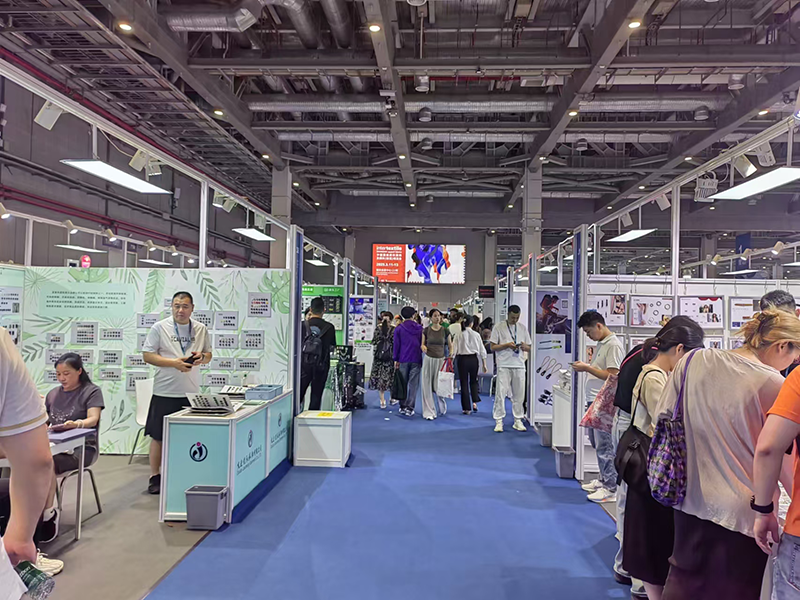
The event attracted more than 40,000 visitors, including buyers, suppliers, designers, and industry experts, highlighting its significance as a key meeting point for global industry stakeholders. The diverse representation of attendees—from major textile-producing regions in Asia, Europe, and the Americas—emphasized the event’s role in fostering international business relationships and showcasing global trends.
The Shanghai New International Expo Centre, renowned for its state-of-the-art facilities, provided an ideal backdrop for the exhibition. The venue’s expansive layout and advanced infrastructure facilitated smooth interactions between exhibitors and visitors, enhancing the overall experience and effectiveness of the event.
Highlights of New Technologies
1. Smart Fabrics and Wearable Technologies
The 2024 exhibition featured several groundbreaking advancements in smart fabrics and wearable technologies. These innovations are set to revolutionize the apparel industry by offering enhanced functionalities and performance.
Smart Fabrics, also known as e-textiles or intelligent textiles, are textiles that have been engineered to provide additional features or functionalities through the integration of electronic components or special materials. These fabrics can interact with their environment or the wearer in various ways:
1.Temperature-Regulating Fabrics: One of the standout innovations was the development of temperature-regulating fabrics. These fabrics use phase-change materials (PCMs) that respond to body temperature changes, offering dynamic thermal management. This technology is particularly valuable for garments used in extreme weather conditions, providing wearers with optimal comfort by adapting to their body temperature and external environment.
2.Self-Cleaning Textiles: The introduction of self-cleaning textiles represents a significant leap in fabric technology. Utilizing nanotechnology, these fabrics possess properties that repel dirt and stains, significantly reducing the need for frequent washing. This not only extends the lifespan of the garment but also supports sustainability efforts by conserving water and minimizing detergent use.
3.Health-Monitoring Fabrics: Another exciting development was the integration of health-monitoring capabilities into textiles. Fabrics embedded with sensors can track vital signs such as heart rate and body temperature. This technology has the potential to revolutionize the health and wellness industry by providing users with real-time health data through their clothing.
4.Interactive Elements: Smart fabrics may also include elements that change color or pattern in response to external stimuli, such as light or temperature. This can be used for aesthetic purposes or to indicate changes in environmental conditions.

smart fabrics
Wearable Technologies refer to electronic devices that can be worn on the body and are often integrated into clothing or accessories. These technologies enhance or supplement the wearer’s capabilities, often through connectivity and data collection:
1. Fitness Trackers: Devices such as smartwatches and fitness bands track physical activity, heart rate, and other health metrics. They often sync with mobile apps to provide detailed insights and recommendations.
2. Smart Clothing: This includes garments with built-in electronics that can track biometric data, provide feedback on posture or movement, or even provide haptic feedback (e.g., vibrations) for notifications or alerts.
3.Augmented Reality (AR) and Virtual Reality (VR) Gear: Wearable devices like AR glasses or VR headsets create immersive experiences by overlaying digital information onto the real world or creating a completely virtual environment.
4.Connected Accessories: Items like smart jewelry or electronic badges can serve various functions, from notifying the wearer of calls or messages to tracking location or environmental conditions.
Applications in the Apparel Industry: In the apparel industry, the integration of smart fabrics and wearable technologies represents a significant shift towards enhancing garment functionality and user experience. Here are some examples of how these innovations are applied:
1.Sportswear: Smart fabrics in sportswear can monitor an athlete’s performance and provide real-time data on metrics like heart rate, body temperature, and movement efficiency.
2.Medical Apparel: Wearable technologies in medical apparel can monitor patient vital signs and provide early warnings for health conditions, improving patient care and diagnostics.
3.Fashion and Design: Fashion designers are incorporating smart fabrics to create garments that change color or pattern based on the wearer’s preferences or environmental conditions, offering customizable fashion experiences.

Wearable Technologies
2.Sustainable and Eco-Friendly Materials
Sustainability remains a central theme in the textile industry, and the 2024 exhibition showcased a range of eco-friendly materials that align with this focus:
Recycled and Upcycled Materials: The use of recycled and upcycled materials was prominently featured. Fabrics made from recycled plastics and upcycled textiles address the growing concern of textile waste. These materials offer comparable quality and performance to traditional fabrics while reducing environmental impact. Companies are increasingly adopting these practices to align with global sustainability goals and cater to environmentally conscious consumers.
Biodegradable Fibers: The exhibition also highlighted biodegradable fibers designed to decompose naturally at the end of their lifecycle. This innovation addresses the issue of textile waste in landfills, providing a sustainable alternative to conventional fabrics. The use of biodegradable fibers is a critical step towards achieving a circular economy in the textile industry.
Low-Impact Dyeing Processes: Innovations in dyeing processes were another key highlight. Techniques that use fewer chemicals and less water were showcased, reflecting a broader industry trend towards more sustainable production practices. These low-impact dyeing methods not only reduce environmental pollution but also enhance the overall sustainability of textile manufacturing.
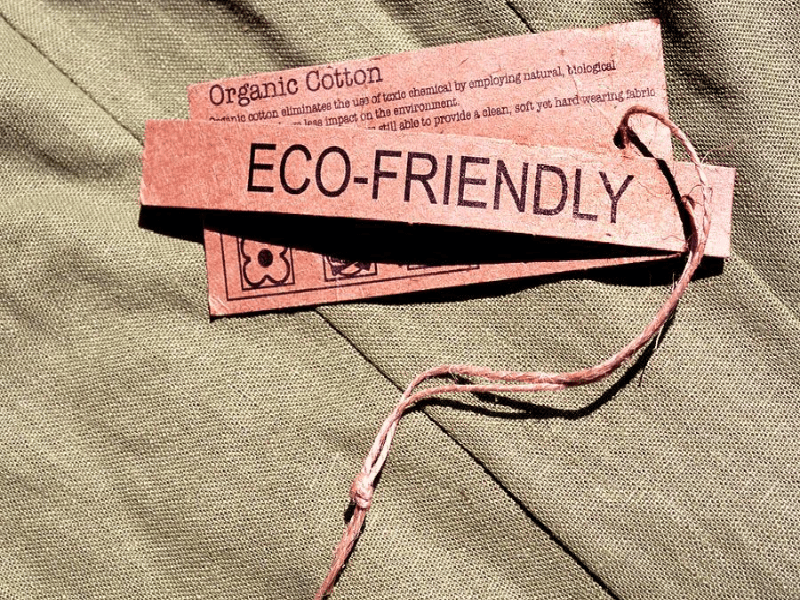
Sustainable and eco-friendly
3.Digital Printing Innovations
Digital printing technology continues to advance, offering new possibilities for fabric design and production:
High-Resolution Digital Printing: Advances in digital printing enable the creation of high-resolution, intricate designs with unparalleled precision. This technology allows for customization and personalization, catering to the growing demand for unique and bespoke textile products. The ability to produce complex patterns and detailed imagery on fabrics opens up new creative opportunities for designers and manufacturers.
Eco-Friendly Printing Processes: The shift towards eco-friendly digital printing processes was another significant development. Innovations include the use of water-based inks and reduced energy consumption during printing. These advancements align with the industry’s push towards more sustainable practices and contribute to the reduction of environmental impact associated with textile production.
Integration of Innovations into the Apparel Industry
The technologies showcased at Intertextile Shanghai 2024 offer numerous opportunities for integration into the apparel industry, particularly for companies specializing in garment accessories such as zippers and buttons. Here’s how these innovations can be applied:
1.Enhancing Functional Apparel
Smart fabrics and wearable technologies offer exciting possibilities for enhancing the functionality of apparel. Integrating temperature-regulating and self-cleaning textiles into garments can significantly improve wearer comfort and garment longevity. For garment accessories, such as zippers and buttons, it is crucial to ensure compatibility with these advanced fabrics. This may involve developing zippers with enhanced durability or buttons with innovative fastening mechanisms that complement the performance characteristics of smart textiles.
2. Supporting Sustainability
The emphasis on sustainability in the textile industry calls for a reevaluation of traditional manufacturing practices. By incorporating eco-friendly materials and sustainable practices into our product offerings, such as using recycled or biodegradable materials for zippers and buttons, we can contribute to the industry’s environmental goals. Additionally, adopting energy-efficient manufacturing processes and reducing waste in production will align our operations with the broader industry shift towards sustainability.
3.Embracing Customization and Personalization
Digital printing technologies offer opportunities for increased customization and personalization in apparel. As garment accessories play a crucial role in overall garment design and functionality, we can leverage digital printing to offer customized solutions that align with unique fabric designs. This could involve creating bespoke zippers and buttons with personalized designs or colors that match specific garment patterns, enhancing the overall aesthetic and functionality of the finished product.
Future Outlook for the Apparel Industry
The trends and technologies presented at Intertextile Shanghai 2024 provide a roadmap for the future of the apparel industry. Several key developments are expected to shape the industry’s trajectory:
1.Increased Focus on Sustainability
Sustainability will continue to be a driving force in the apparel industry. The adoption of eco-friendly materials, reduced waste production, and sustainable manufacturing practices will become increasingly important. Companies across the industry will need to prioritize environmental considerations and invest in technologies that support sustainable production and consumption.
2.Technological Integration
The integration of advanced technologies into textiles and garment accessories will drive innovation and differentiation. From smart fabrics to digital printing, technological advancements will enable new possibilities in design, performance, and consumer experience. Companies that embrace these technologies and adapt to evolving trends will be well-positioned to succeed in a competitive market.

3.Consumer-Centric Solutions
As consumer preferences continue to evolve, there will be a growing demand for personalized and customized products. The ability to offer tailored solutions that meet individual tastes and needs will become a key competitive advantage. This includes providing customizable garment accessories that complement unique fabric designs and enhance the overall functionality of garments.
4.Continued Innovation
Innovation will remain a cornerstone of the apparel industry. Ongoing research and development will drive the creation of new materials, technologies, and manufacturing processes. Companies will need to stay at the forefront of these developments to maintain relevance and competitiveness in the market.
Conclusion
The Intertextile Shanghai Apparel Fabrics 2024 exhibition has once again demonstrated its significance as a leading platform for showcasing advancements in the textile and apparel industry. The introduction of smart fabrics, sustainable materials, and digital printing innovations reflects the industry’s commitment to innovation and sustainability.
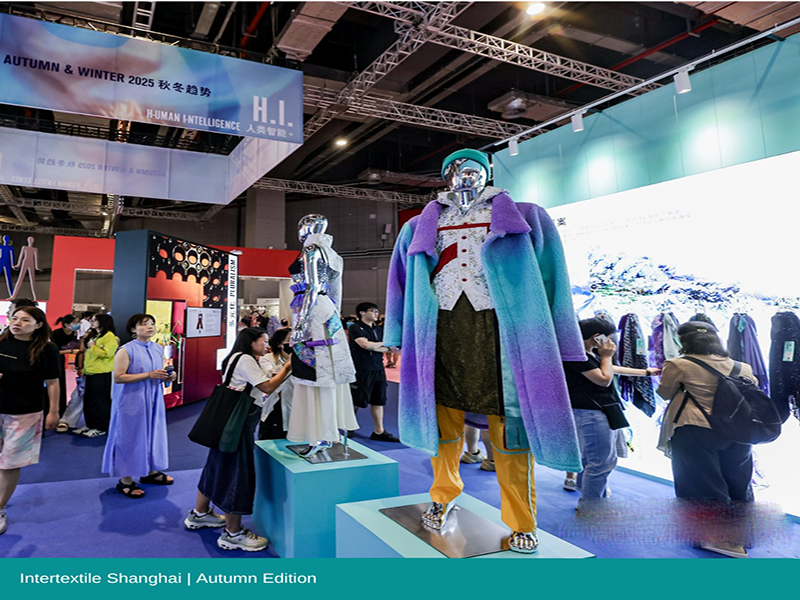
As a provider of garment accessories, including zippers and buttons, we are excited about the opportunities to integrate these advancements into our product offerings. By embracing new technologies and aligning with sustainability goals, we aim to contribute to the evolution of the apparel industry and meet the growing demands of our clients.
Looking ahead, the continued focus on technological innovation and environmental responsibility will be crucial in shaping the future of textiles and apparel. Intertextile Shanghai will remain a vital venue for showcasing these developments and fostering collaboration within the industry. As we move forward, we are committed to staying at the forefront of these trends and providing high-quality, forward-thinking solutions to our customers.
Contact Information:
Our company, SHANGHAI HIGER GARMENT ACCESSORIES CO.LTD, specializes in zipper and accessory production, welcome professionals and companies with accessory needs from all over the world to communicate and negotiate with us. For detailed product information, please visit our official website at www.higer-zipper.com or directly contact us via email at cs-1@allin-higer.com, we look forward to your business to provide high-quality, high standards and professional services.
For any questions or further information, please contact us via:
Phone:+86 135 2414 2125
Email: cs-1@allin-higer.com
Website: www.higer-zipper.com




